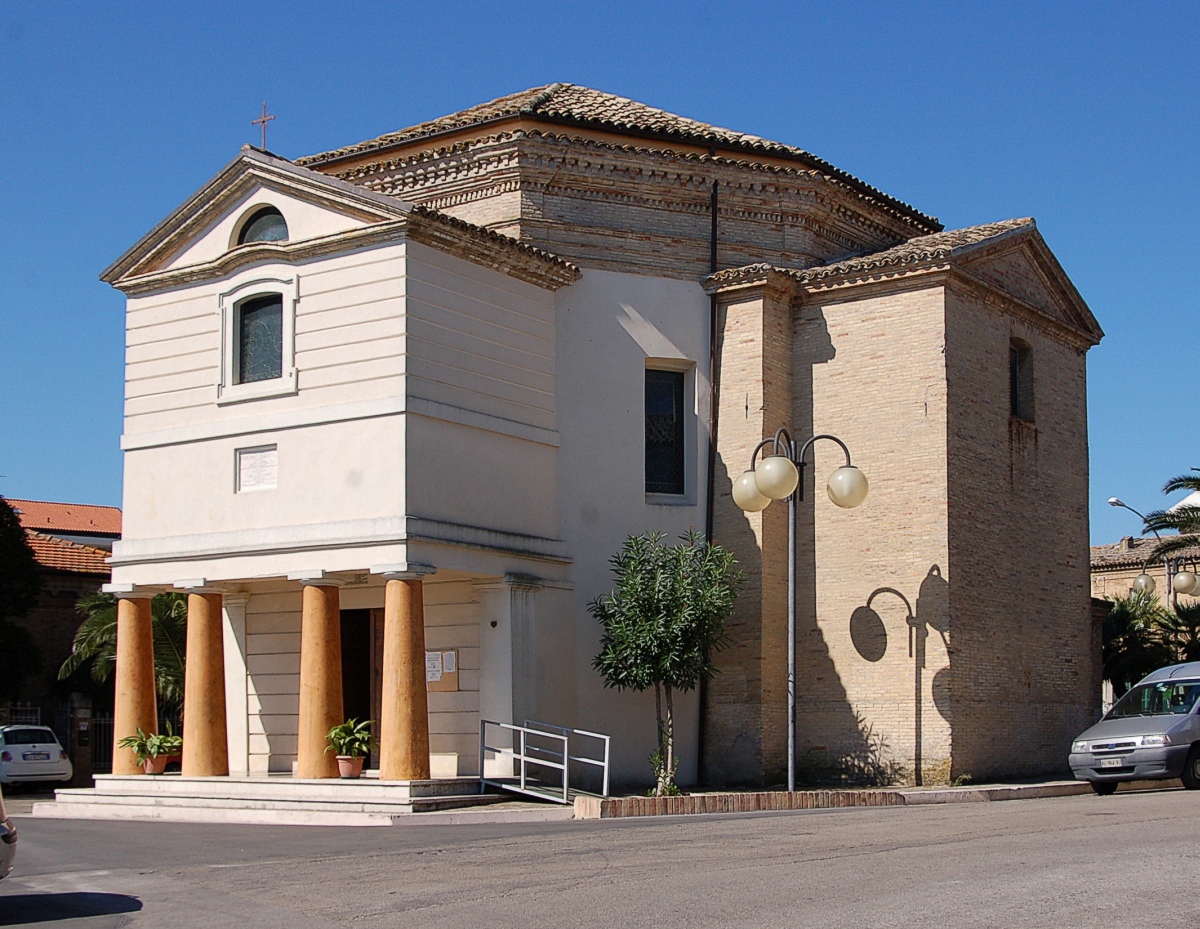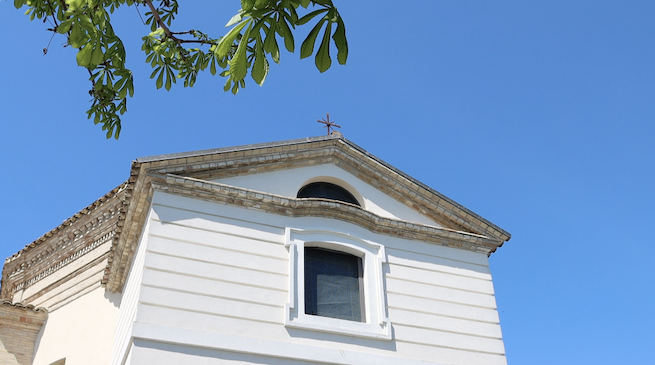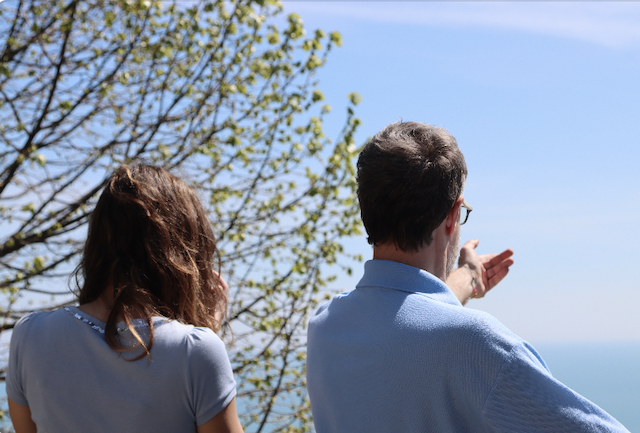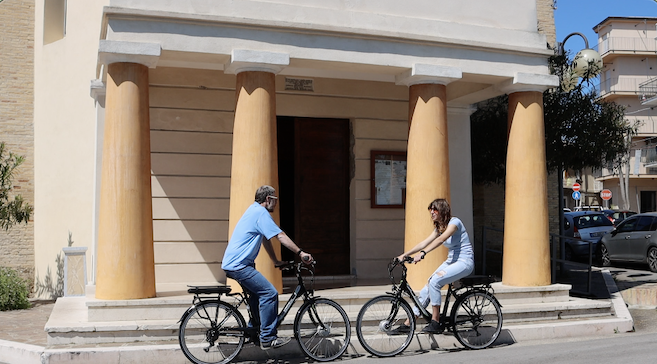Church of San Michele
The Church of San Michele: Mysteries and Freemasonry
At the top of the Tre Segni hill, at the end of what is now the century-old Villa Comunale, there is a small church overlooking the sea. It is the Church of San Michele Arcangelo. Despite its small size and distant location from the town, it is the church dedicated to the patron saint of Vasto and holds mysteries that can be glimpsed within its walls.
Inside the church, not only are the three archangels officially recognized by the Catholic religion venerated, but alongside the statues of Michael, Gabriel, and Raphael, there are also statues of Uriel, the flame of God, Barachiel, the helper of the oppressed and weaks, Jeudiele, the praiser of the word of God, and Sealtiele, the mediator and listener of supplications.
Why are they there, and why does the church have the form of a solar temple and was built with clear Masonic symbolism? Today, the Church of San Michele in Vasto is a celebration of allegorical meanings. Its arrangement does not follow the Christian doctrine with the apse facing Jerusalem, but rather resembles a solar temple, with the layout of a Greek cross pointing to the four cardinal points. The entrance tribune with the pyramid-shaped tympanum symbolizes the eye of God, while the octagonal floor plan alludes to the symbol of perfection.
To understand the reasons behind this unexpected symbolism, it is necessary to know that the Archangel Michael, over the course of two thousand years, has assimilated the characteristics of previous deities worshipped by the peoples who gradually embraced Catholicism. Thus, Michael, the commander of the angelic hosts in the Hebrew Bible, assumed the attributes of Mithras, the principle of light and knowledge imported from the East and venerated by the Romans during the imperial age. Later, he also took on the characteristics of Odin, the war god revered by the Lombards.
The Catholic Church attempted to downplay his figure for many centuries, first by prohibiting the worship of certain archangels and then by trying to replace Michael with other “warrior” saints, typically Roman soldiers who had embraced martyrdom. As a result, the Church stopped identifying Vasto by its Roman name, which in papal documents until 1131 was Istonium Sancti Archangeli, “Istonio of Saint Archangel.” Later, in the 18th century, Saint Theodore of Arimathea was proclaimed the city’s patron saint.
The cult of San Michele had evidently been present for too long to be forgotten, and its symbolic meanings were adopted by the members of Carbonaria (a secret society) in the early 19th century. In 1820, the people of Vasto took the statue of the Archangel and brought it to the Cathedral of San Giuseppe to confer upon him the title of Grand Master of the Carboneria.
Therefore, it is not surprising that in 1827, the Church granted the requests of the citizens and proclaimed San Michele as the new patron saint of the city. In 1835, the decision was made to rebuild the church, thus architecturally reconnecting the cult of the Archangel to its deeper meanings.
The Church of San Michele is in our itinerary:
IL CAPOLUOGO BORBONICO
The proposed stages:
- Palazzo Genova Rulli
- Palazzo Ciccarone
- Chiesa di Sant’Anna
- Chiesa di San Michele
- Palazzo Palmieri





